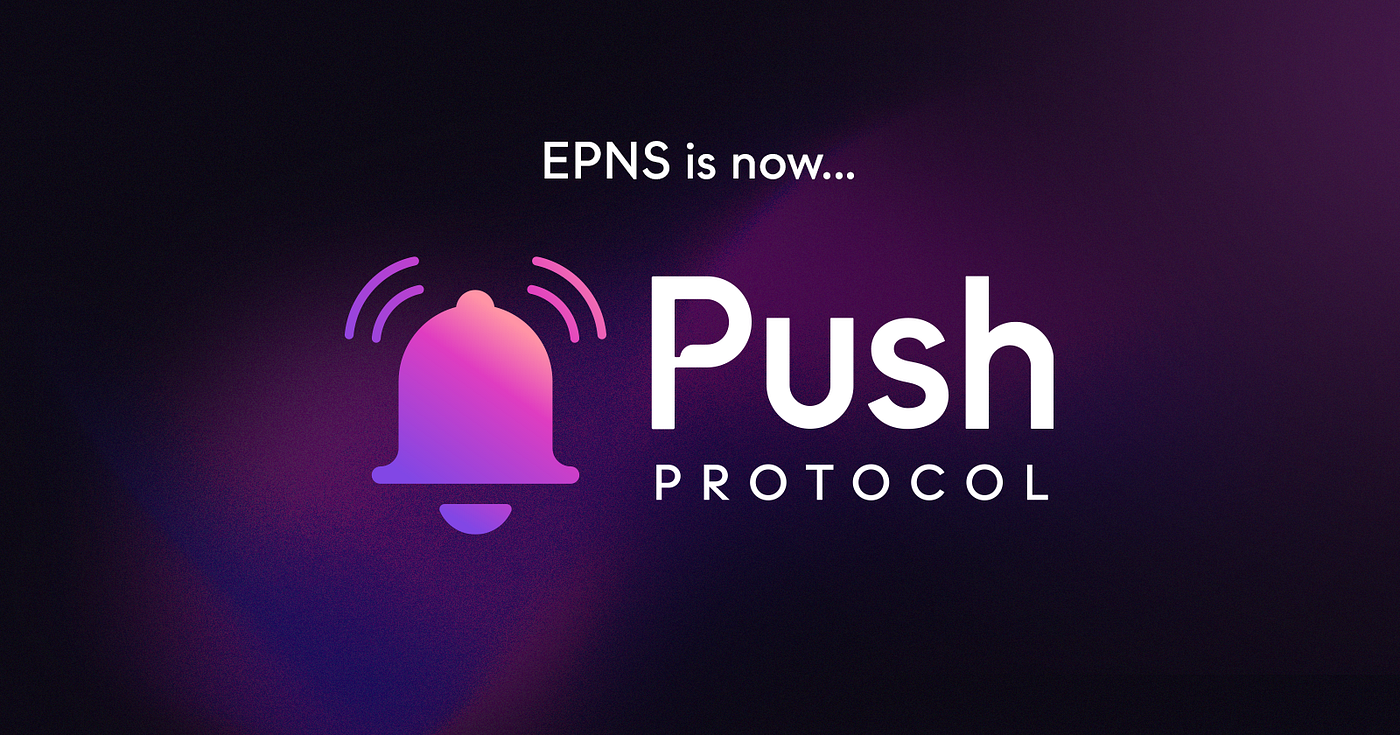Exploring Push Protocol
 Tushar Pamnani
Tushar Pamnani
In today's interconnected digital landscape, real-time communication is not just desirable but often crucial for efficient operations and seamless user experiences. Push Protocol's play a pivotal role in enabling this by facilitating instant notifications and updates across various platforms. In this blog post, we delve into the features and real-world applications of Push Protocol, highlighting its functionalities and benefits.
Understanding Push Protocol Features
Push Protocol is a communication protocol designed to deliver data from a server to a client as soon as it becomes available, without the client needing to request it explicitly. This real-time approach offers several key features:
Instant Delivery: One of the primary advantages of Push Protocol is its ability to deliver information instantly. Instead of relying on periodic checks (polling), which can be inefficient and delayed, Push allows servers to send updates as soon as they are generated.
Efficiency: By eliminating the need for constant polling requests from clients, Push Protocol reduces unnecessary network traffic and conserves device battery life. This efficiency is particularly valuable in mobile applications and IoT devices.
Reliability: Push protocols are designed to ensure reliable delivery of messages even in unreliable network conditions. They often include mechanisms for acknowledgment and retransmission to guarantee message delivery.
Scalability: Push protocols are inherently scalable, capable of supporting millions of simultaneous connections efficiently. This scalability makes them ideal for applications with large user bases, such as social media platforms and messaging apps.
Real-World Applications of Push Protocol
Push Protocol finds widespread use across various industries and applications due to its real-time communication capabilities:
Messaging Applications: Popular messaging apps like WhatsApp, Telegram, and Facebook Messenger utilize Push Protocol to deliver instant messages, notifications, and updates to users.
Social Media Platforms: Platforms such as Twitter and Instagram use Push Protocol to notify users about likes, comments, and other interactions in real time.
Financial Services: Banks and financial institutions leverage Push Protocol to deliver real-time alerts about transactions, account balances, and market updates to their customers.
E-commerce: Online retailers send push notifications to notify customers about order status updates, flash sales, and personalized offers.
IoT (Internet of Things): IoT devices use Push Protocol to send alerts and status updates to users and administrators, ensuring prompt responses to critical events.
Conclusion
Push Protocol stands as a cornerstone of modern real-time communication systems, offering instant delivery of information across diverse applications and industries. Its efficiency, reliability, and scalability make it indispensable for developers and businesses aiming to provide timely updates and notifications to users worldwide.
By understanding the features and applications of Push Protocol, businesses can enhance user engagement, improve operational efficiency, and deliver superior customer experiences in today's fast-paced digital world.
For more insights on technology trends and protocols, stay tuned to our blog for future updates and deep dives into emerging technologies.
Discover the power of Push Protocol and transform your communication strategies today!
Subscribe to my newsletter
Read articles from Tushar Pamnani directly inside your inbox. Subscribe to the newsletter, and don't miss out.
Written by

Tushar Pamnani
Tushar Pamnani
I am a MERN stack developer and a blockchain developer from Nagpur. I serve as Management Lead at ML Nagpur Community and PR Co-Lead at The CodeBreakers Club, RCOEM.